The traditional 12 V battery is vital for the functioning of our car (it powers the electrical and electronics, and gives energy to the starter to start the combustion engine), but there are factors that influence its performance (and also longevity) and cold is one of them.
And the winter season is fast approaching; not only is it cold but, as a rule, it's rainy, so it brings all the “ingredients” that are among the main enemies of any battery.
For starters, low temperatures influence the battery charge (at negative temperatures the batteries lose 1/3 of their charge). Furthermore, the higher humidity does not help either, making it difficult, for example, to make contact with the battery terminals.

There are, however, some things we can do to help our car battery withstand the winter season better. And it is precisely this advice that we leave you in the next lines.
1. Drive the car
When we drive our car, the alternator recharges the battery (using energy produced by the combustion engine) ensuring the current necessary for the entire electrical system to function.Thus, to ensure that we are not “gifted” with a dead battery it is best to vote with the car quite often (at least once a month). But it is not enough to go to the bakery down the street and back, or simply let the engine idle.
For the alternator to be able to help the battery regain its shape, that is, charge it, it is a good idea to take a longer turn, a few tens of kilometers (40-50 km).
2. Be careful when starting
One of the moments when the battery is subjected to greater stress is precisely when we put the car to work, as it is up to it to supply the energy necessary to start the engine. And the alternator, his "best friend", is not working at this point. In this way, it is up to us to “give a helping hand” to the drums in these circumstances.
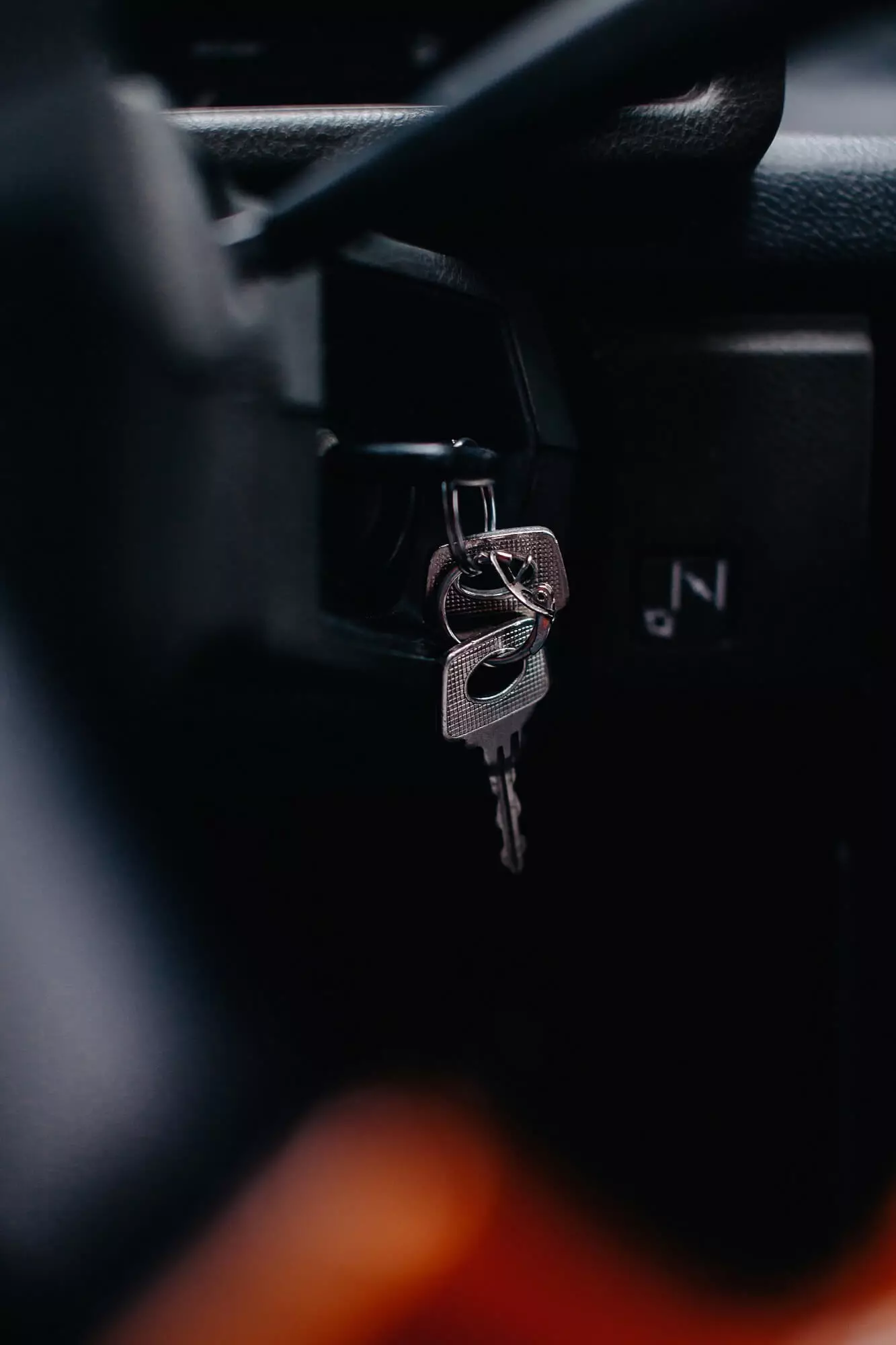
For a start, we should avoid "forcing" the start too much. Were they keyed for a few seconds and the car wouldn't start? Don't despair and try again.
It's better to do this than to keep your hand on the key (or your finger on the button), making the starter run for a long time without being able to start the car's engine. In addition to forcing the starter motor, it also helps to discharge the battery faster.
Another tip they can follow is when they give the key to step on the clutch, if the car is equipped with a manual gearbox. In doing so, they decouple the engine from the transmission, decreasing mechanical resistance, thus requiring less battery power.
And of course, before starting the engine, make sure all electrical equipment is turned off, such as outside lights or air conditioning, so you don't overcharge the battery at that time.
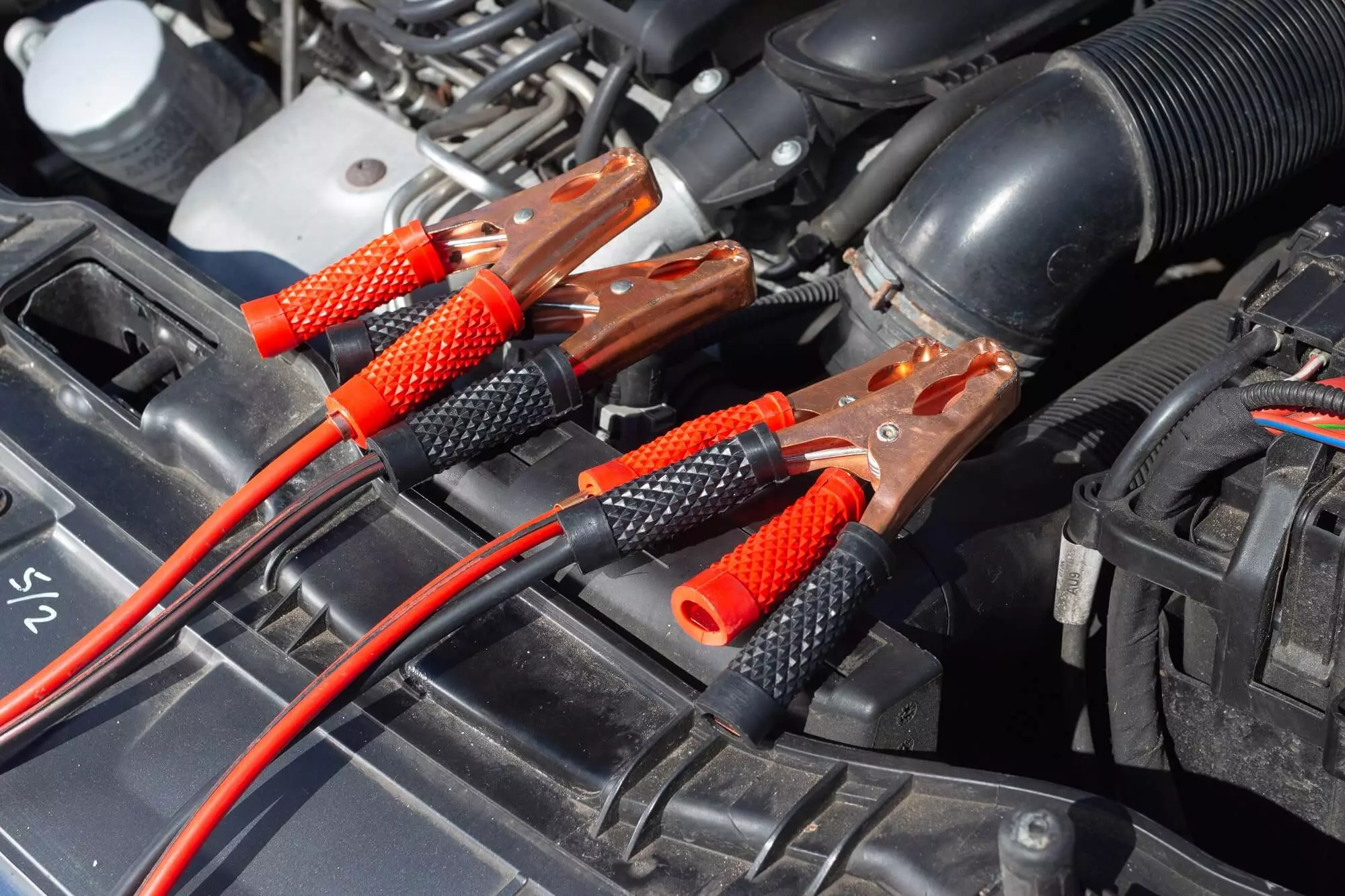
3. Charge the battery
If for some reason your car is going to have to stand still for a long period of time, then it might not be a bad idea to use a battery charger.This device allows you to maintain the battery charge over time, starting charging whenever it detects that the charge is dropping to levels that are too low.
4. Inspect the battery
Finally, there is nothing better to ensure that our car battery is “in good health” than having it inspected. To start with, you should check the status of the battery terminals/terminals and see whether or not they have a kind of white “dust” that they tend to accumulate.
If they have it, it must be cleaned. To do this, all you need is a wire brush, distilled water and baking soda.
First the battery is disconnected (starting from the negative pole). Then, mix the sodium bicarbonate with distilled water and place this mixture on the terminals, then brushing them with a steel brush.
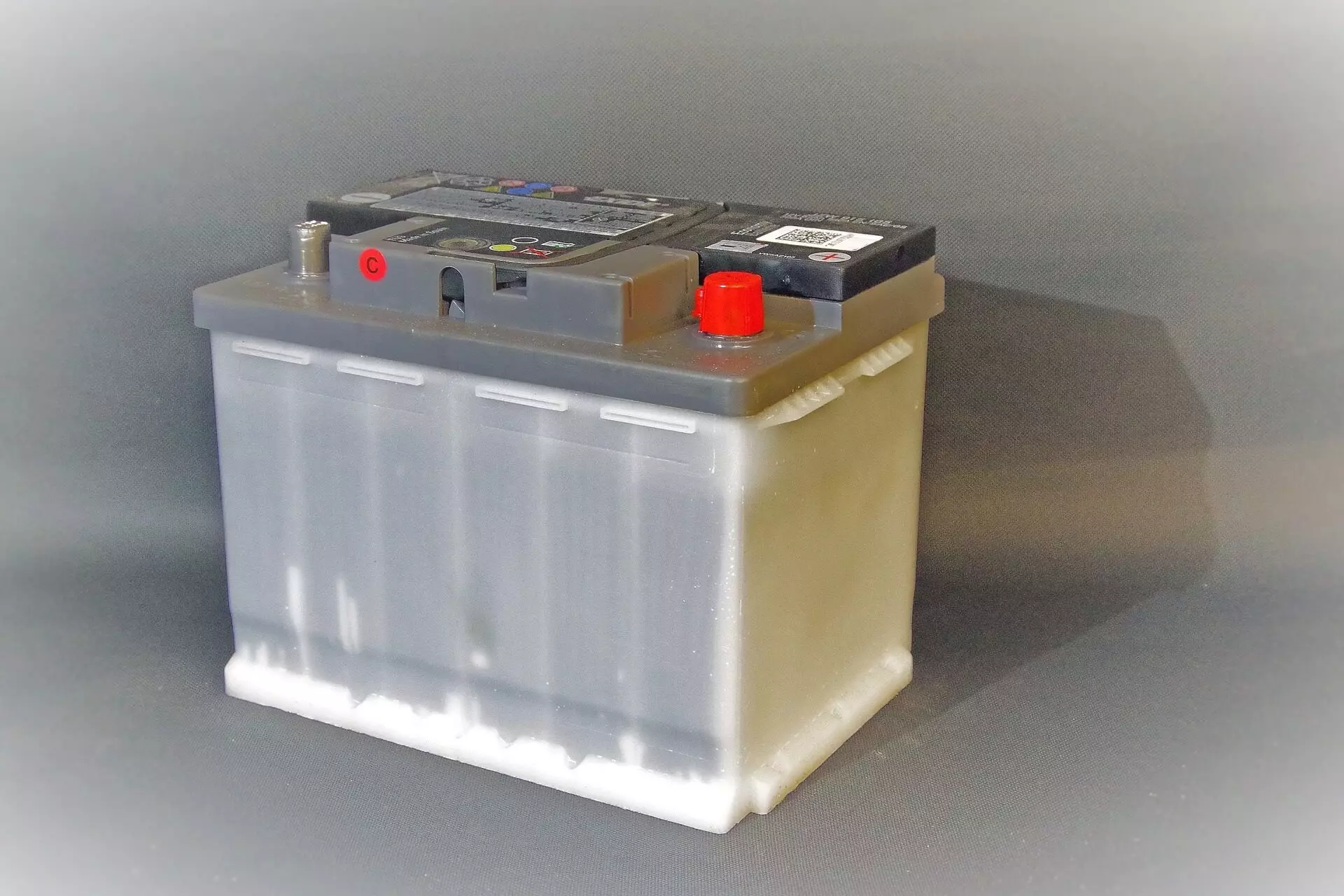
After that, the battery poles must be lubricated, helping to isolate it from external factors. This operation must be done once a month and for that it is advisable to use a specific lubricant.
In addition, if they have the proper tools, such as a voltmeter, they can also check the battery's electrical voltage. If this is below 12 V, it is almost certain that the battery will not be able to fulfill its functions.
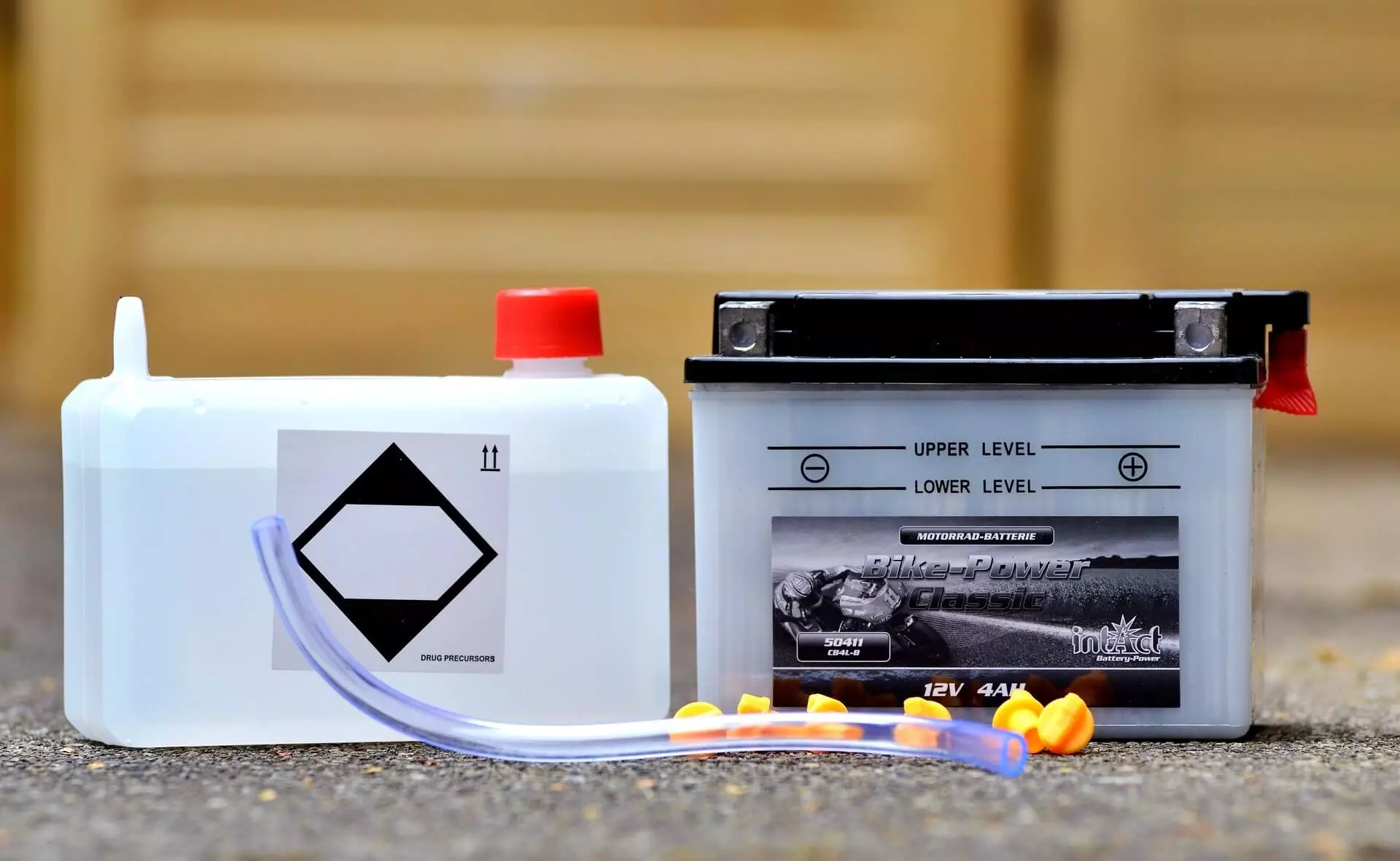
Finally, in older batteries it is still necessary to check the water level. In these batteries distilled water is used not only to dilute the acid but also to keep the temperature of the battery stable.
As some of this water can evaporate over time and undergo electrolysis due to the high temperatures sometimes reached by the battery, it is sometimes necessary to reset the level.
What about hybrid and electric cars?
Now that electrified cars are more and more common, do these tips still make sense? Definitely yes.
Hybrid and electric cars (as well as semi-hybrids or mild-hybrids) do not need the alternator and the starter motor, having in their place an electric motor-generator. But despite the hybrids and electrics come equipped with high voltage batteries (always above 100 V, reaching 800 V in some electrics), the traditional 12 V battery has not disappeared and continues to be present in all of them.
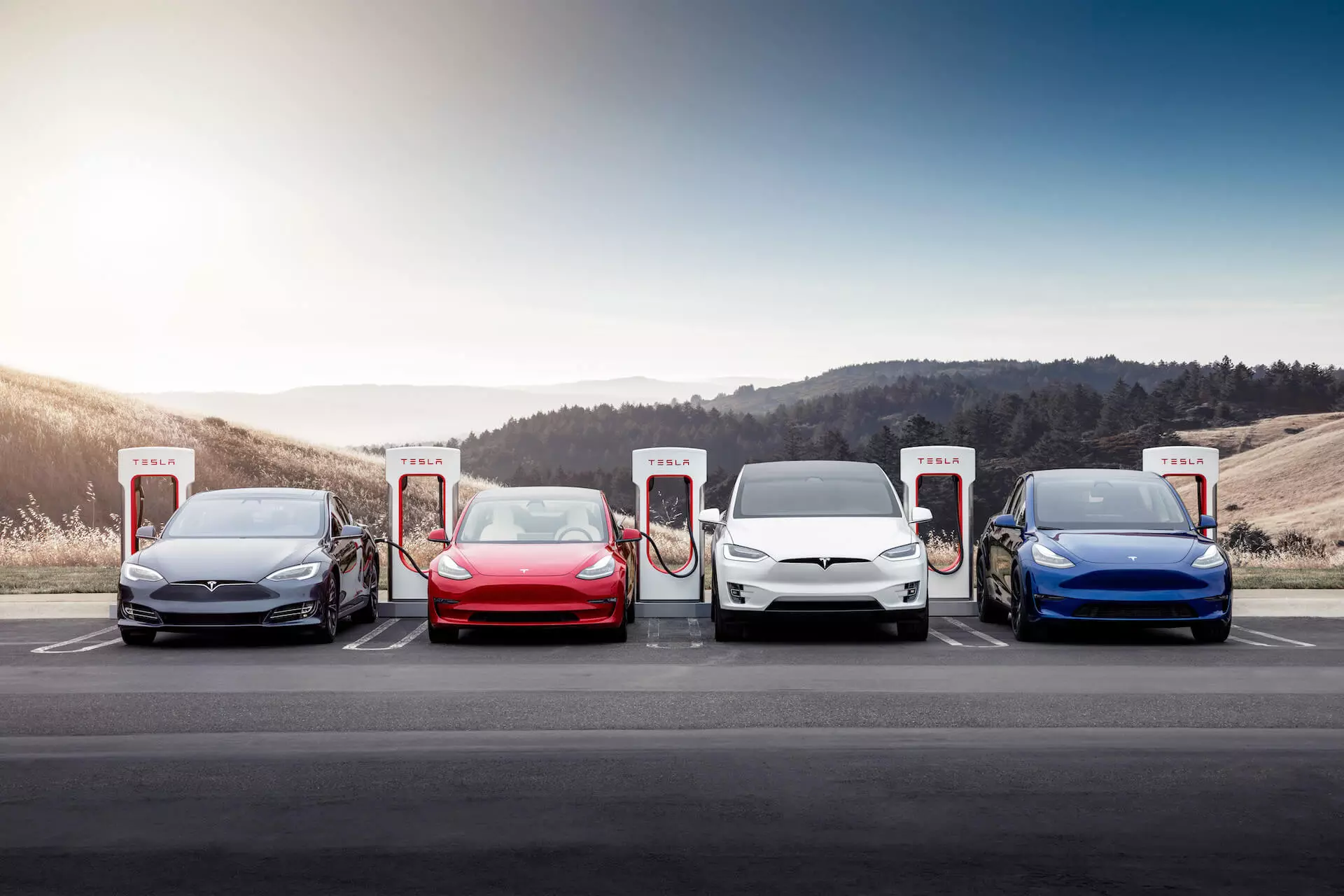
The high voltage battery is used to power the engine or electric traction motors that move the vehicle. But the 12 V battery they bring continues to maintain its functions of powering the various electrical and electronic components and, in the case of hybrids, of starting the combustion engine.
As in cars with only a combustion engine, also in hybrids and electrics, a 12V "dead" battery is capable of leaving the car immobilized, without the possibility of starting it — curiously, it is the number one cause of breakdown in vehicles 100% electric.
